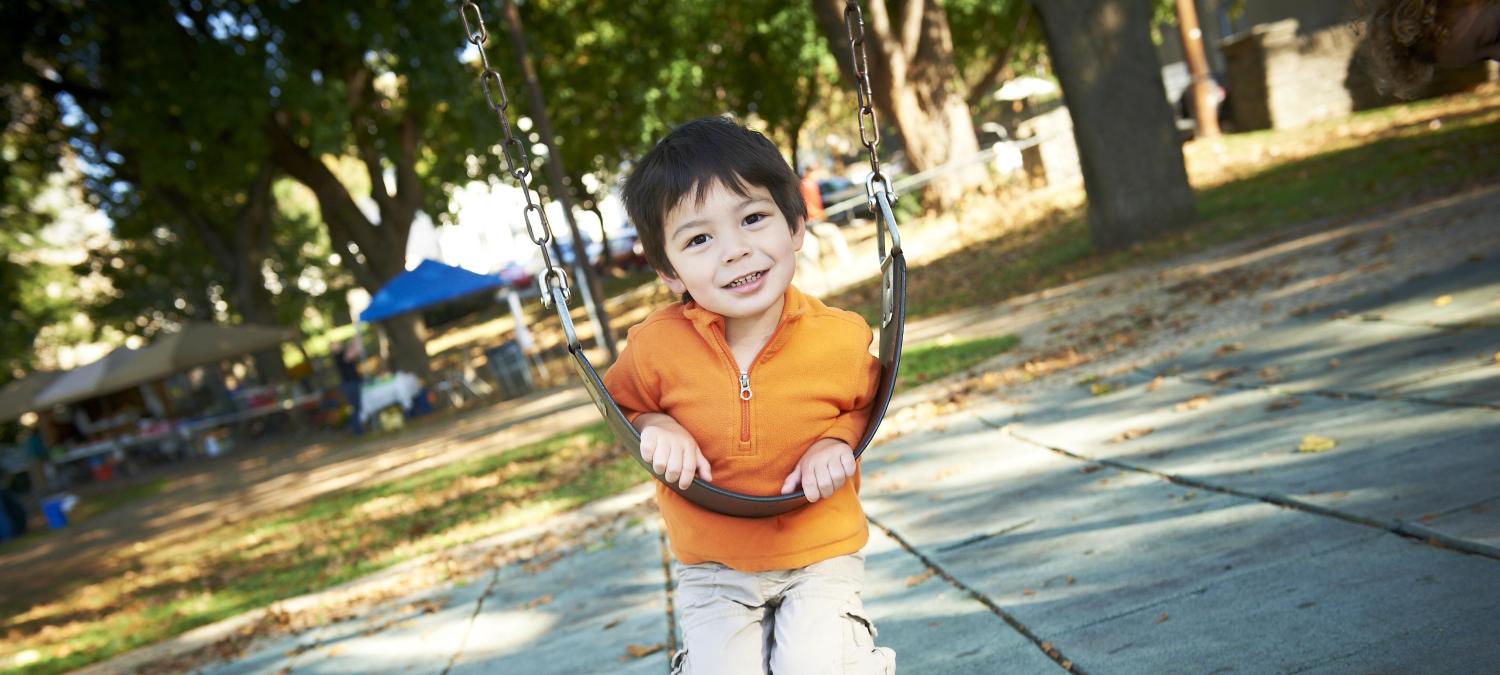

Publications
Search Tips
- Dec 2020
On behalf of the Maternal Health Subgroup of the Pennsylvania Prenatal-to-Age-Three Collaborative, PolicyLab experts signed on to a joint letter to Sens. Casey and Toomey proposing expanding Medicaid coverage to one year postpartum as one important strategy for addressing the…
- Apr 2020
The United States has been on the brink of reaching universal health coverage for children, a potential stepping stone to achieving it for the population as a whole. Yet, recent trends in the insurance and policy landscapes have led to rising numbers of uninsured children since 2017,…
- Apr 2020
PolicyLab’s solutions-oriented Evidence to Action brief assesses the fragmented system for children’s coverage in the United States, explores barriers to families accessing adequate, affordable coverage, and proposes a spectrum of policy options for state…
- Emerging Issues of Health Care Coverage and Access for Children in Low- and Moderate-Income FamiliesMay 2017
More than 95 percent of children in the U.S. currently have health insurance. We can attribute much of the success in achieving this nearly universal rate of children's coverage to the introduction of the Children's Health Insurance Program (CHIP) in 1997 and the 1965 passage of…
- Dec 2016
As we enter a time when the future and shape of the Affordable Care Act (ACA) will be debated and considered, new research documents the increasingly important role the Children’s Health Insurance Program (CHIP) and Medicaid already play in maintaining record-high rates of insurance…
- Dec 2016
The federal maintenance of effort (MOE) provision is a time-limited provision to prevent states from restricting access to existing public insurance coverage through methods like increasing out-of-pocket costs and rolling back eligibility. This provision is particularly important…
- Dec 2016
Public health insurance programs such as Medicaid and the Children’s Health Insurance Program (CHIP) have been critical to maintaining coverage and meeting the health care needs of millions of children in working families. Today, more than one in three U.S. children – 35 million –…
- Jun 2015
This Evidence to Action brief provides an in-depth look at the relationship between socioeconomic status and the processes of care that enhance value and health outcomes for children. Investigators at PolicyLab and the Children’s Hospital Association (CHA) conducted a series of…